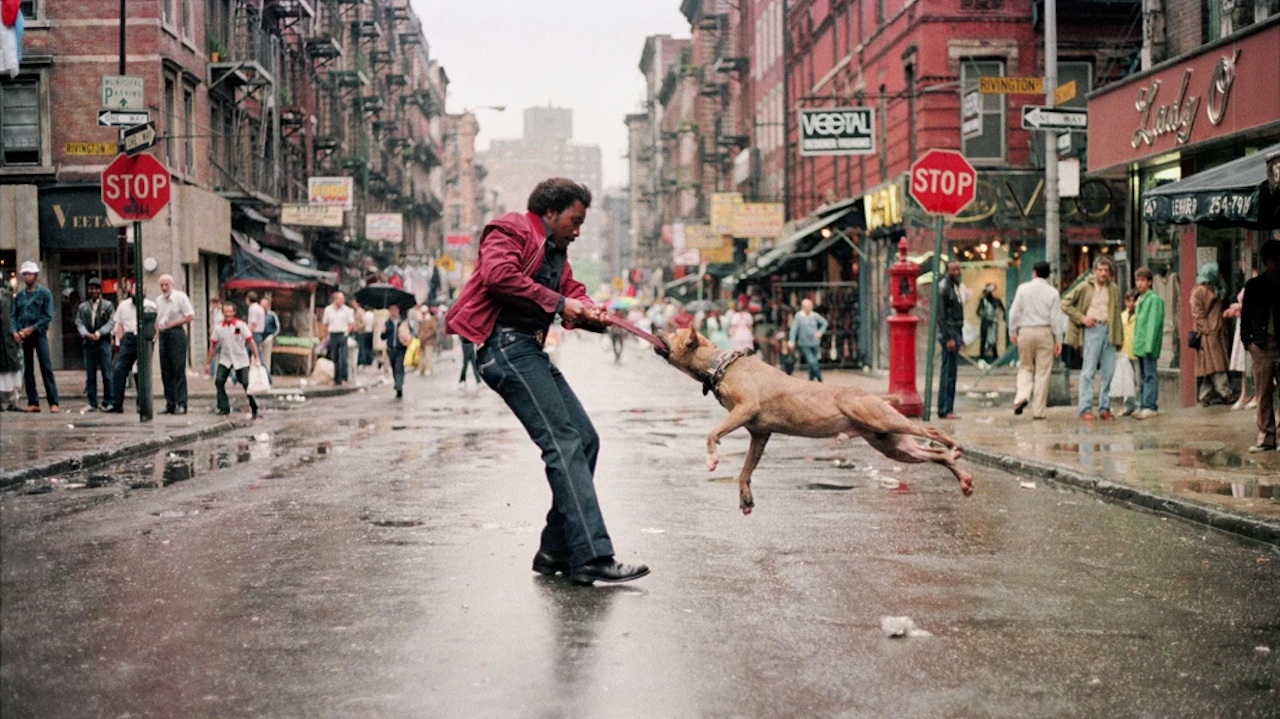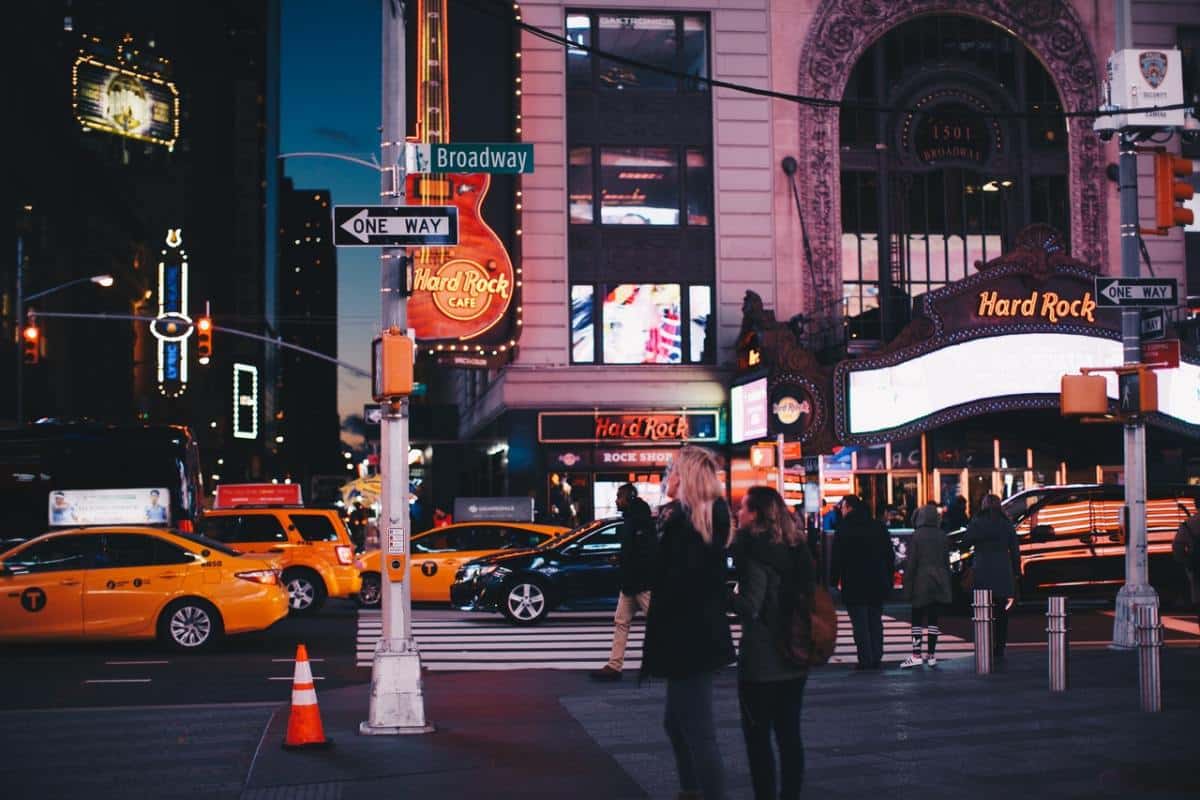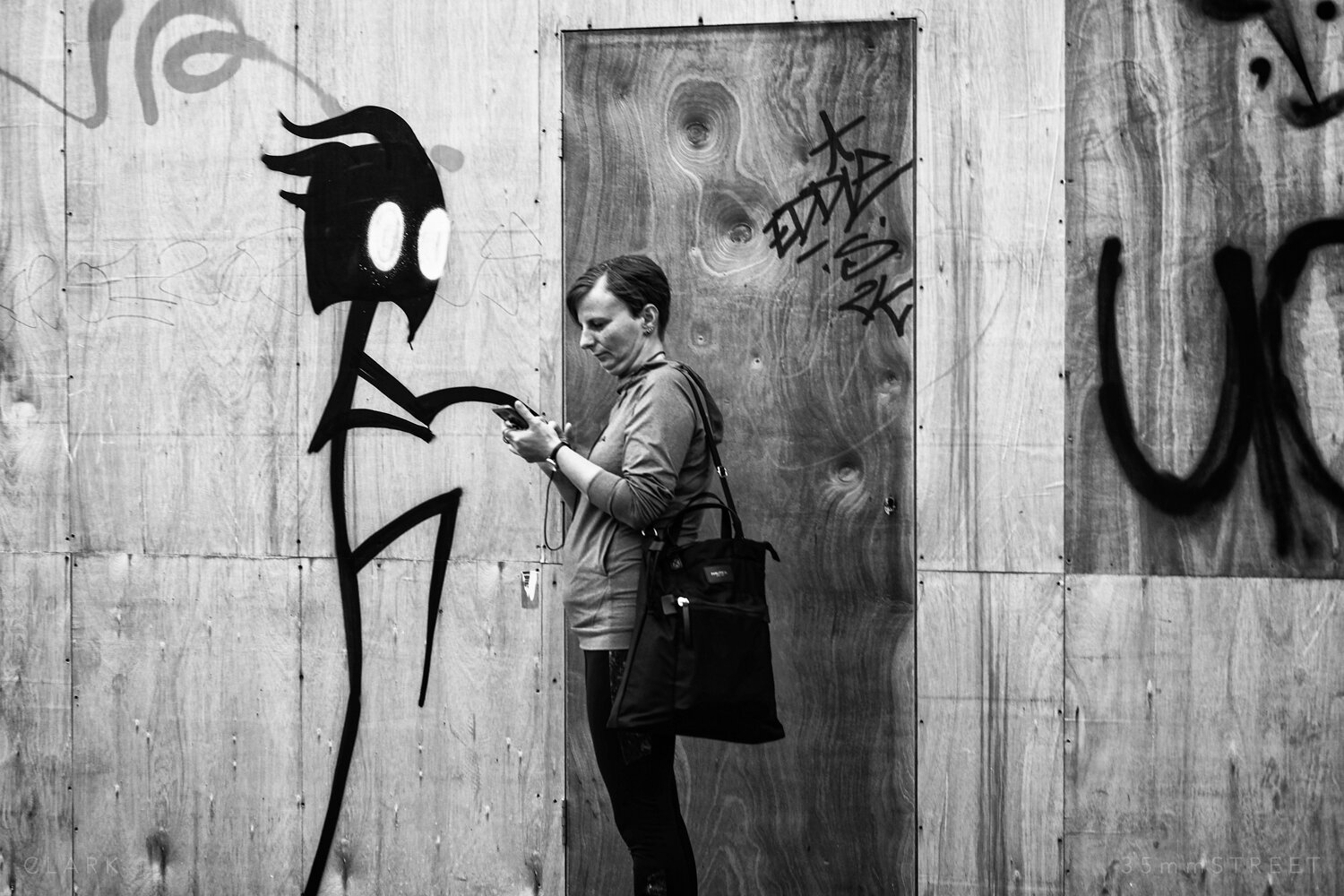Excitement About Street Photographers
Excitement About Street Photographers
Blog Article
Not known Details About Street Photographers
Table of ContentsThe Ultimate Guide To Street PhotographersStreet Photographers Fundamentals ExplainedStreet Photographers Things To Know Before You Get ThisThe 20-Second Trick For Street PhotographersExamine This Report on Street Photographers
, a category of photography that documents day-to-day life in a public location. The very publicness of the setup enables the professional photographer to take honest photos of strangers, frequently without their knowledge. Road digital photographers do not necessarily have a social function in mind, however they choose to isolate and catch moments which might or else go unnoticed.He was influenced by numerous of those that affected the street professional photographers of the 1950s and '60s, he was not primarily interested in capturing the spirit of the street., who worked side by side with digital photographers trying to capture the essence of city life.
Because of the relatively primitive modern technology available to him and the long exposure time needed, he had a hard time to capture the stress of the Paris roads. He explore a collection of photo techniques, attempting to locate one that would certainly allow him to capture movement without a blur, and he discovered some success with the calotype, patented in 1841 by William Henry Fox Talbot. While the photographers' subject was essentially the same, the results were markedly different, demonstrating the impact of the photographer's intent on the character of the images he created.
10 Simple Techniques For Street Photographers
Given the fine top quality of his photographs and the breadth of material, engineers and artists usually purchased Atget's prints to use as referral for their own work, though industrial passions were hardly his primary inspiration. Rather, he was driven to photograph every last remnant of the Paris he liked.

Unlike his peers, Brassa used a larger-format Voigtlnder electronic camera with a longer direct exposure time, forcing him to be extra computed and thoughtful in his method than he could have been if utilizing a Leica. (It is believed that he might not have been able to manage a Recommended Site Leica back then, but he did, nevertheless, use one in the late 1950s to take colour pictures.) Brassa's photographs of the Paris abyss illuminated by synthetic light were a revelation, and read the full info here the collection of the collection that he published, (1933 ), was a major success.

Some Known Factual Statements About Street Photographers
It is due to this fundamental understanding of the art of picture taking that he is commonly credited with rediscovering the tool around again approximately a century because its development. He took photos for greater than a half century and influenced generations of photographers to trust their eye and intuition in the moment.
These are the inquiries I shall try to address: And afterwards I'll leave you with my very own meaning of street photography. Yes, we do. Allow's kick off with specifying what a definition is: According to it is: "The act of defining, or of making something definite, distinctive, or clear".
No, absolutely not. The term is both restricting and misdirecting. Appears like a road digital photography need to be photos of a streets right?! And all street digital photographers, other than for a little number of outright newbies, will totally value that a street is not the essential element to street digital photography, and in fact if it's a photo of a road with perhaps a couple of monotonous individuals not doing anything of rate of interest, that's not road photography that's a snapshot of a road.
All about Street Photographers
He makes a legitimate point do not you think? However, while I concur with him I'm unsure "candid public digital photography" will certainly capture on (although I do type of like the term "candid photography") because "street digital photography" has actually been around for a lengthy time, with many masters' names connected to it, so I think the term is right here to stay.
Inside?! I hear you shout as you drink your clenched fist to the sky. Why not? You can shoot at the beach, at an event, in an alley, in a park, in a piazza, in a cafe, at a gallery or art gallery, in a city terminal, at an event, on a bridge, under a bridge ...
Yes, I my sources hesitate we have no option! Without guidelines we can not have a definition, and without an interpretation we don't have a genre, and without a category we don't have anything to specify what we do, and so we are embeded a "guidelines definition style" loop! And no-one desires to get stuck in a loophole. - Street Photographers

Report this page